Define Our Future
02 February 2024
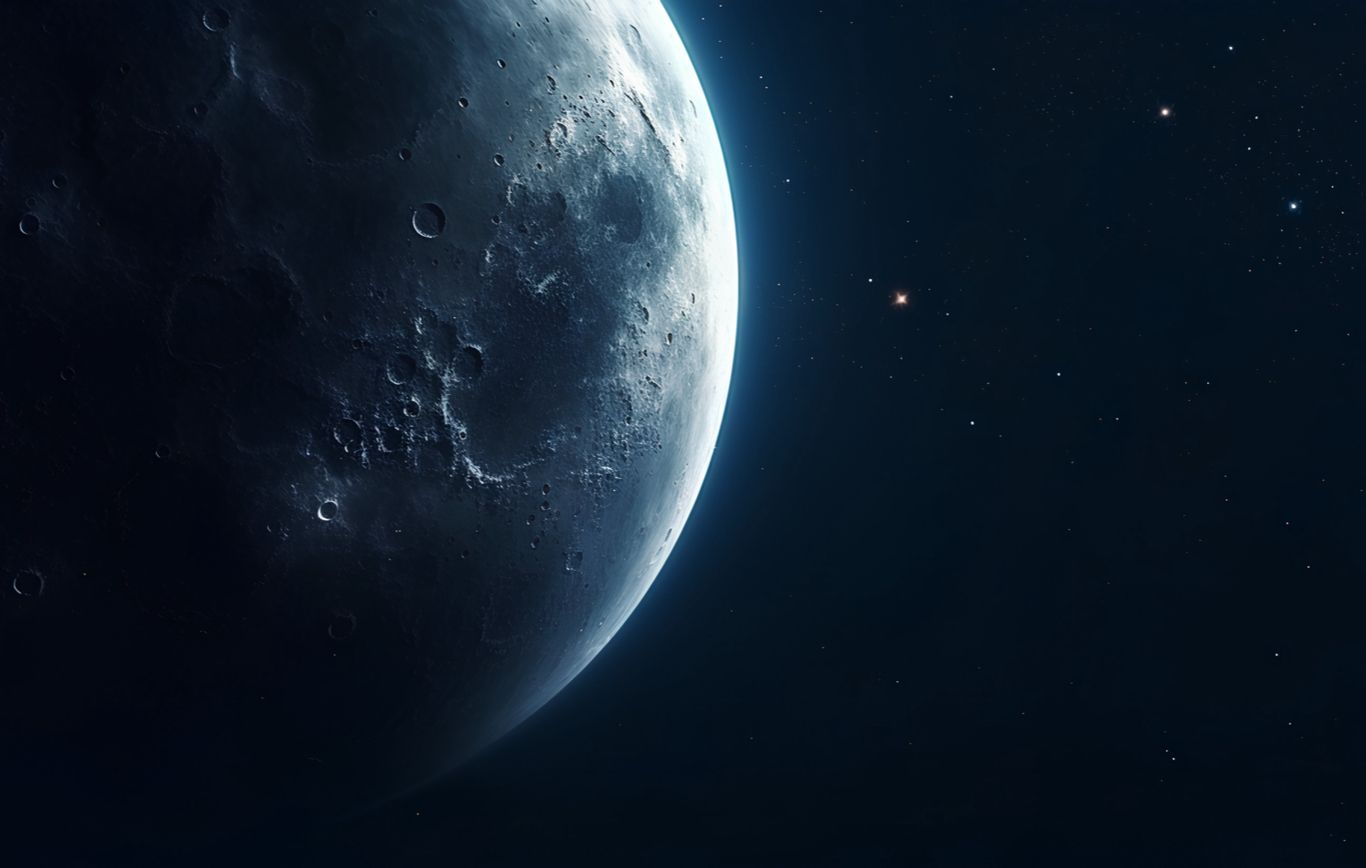
(Image - Adobe)
Building constructive international relations in space has never been so vital, especially as we enter the age of New Space, where commercial space applications are becoming more in-demand, and competition rapidly increases. The necessity is also becoming more aware as we witness a race mentality set-in between the US, China and others over building a lunar infrastructure, with the long-term view of mining, retrieving and utilising valuable space-based resources.
An international network of space partnerships continues to emerge, and could provide an alternative route for cooperation. Under a presidential order, a South Korean delegation recently visited both NASA and ESA in order to discuss cooperation, ahead of establishing their new space agency, KASA, in May this year. According to a Korean official, the meetings also discussed cooperation on the US-led Artemis missions.
Following this trend, on January 26, India and France signed a Defence Space Agreement, which could bring about joint development and launch of military satellites. An MoU signed between NewSpace India Limited (NSIL) and Arianespace also aims to address growing demand for commercial satellite launches, utilising NSIL’s LVM-3 heavy launch rocket, and Ariane’s upcoming Ariane-6.
Closer Franco-India ties comes on the backdrop of all round closer alignment on issues such as defence and the conflicts in Gaza and Ukraine. Noting also that India last year joined the US-led Artemis Accords, a regulatory framework designed to set rules and norms for activities in outer space, international relations and geopolitics seem to be on changing path.
India’s lean towards the West may come as good news for the US and its allies, but at the same time it will be crucial to see how this, in turn, influences the relations between their adversaries and rivals, namely Russia and China. Could this cause a reactionary effect and galvanise apposing partnerships, such as that we are seeing at the moment between Russia and North Korea?
China’s Chang’e-7 mission selects same landing area as Artemis mission
The conditions for a race to claim lunar dominance, escalating towards possible conflict, intensified once more this week, as China announced the landing zone for their Chang’e-7 lunar mission, due to launch in 2026. They aim to send the lander to the Shackleton crater near the lunar south pole, which provides better access to sunlight, and is also to believed to host valuable resources such as water ice.
Firstly, water is highly sought after on the Moon, as one of the primary building blocks towards establishing a permanent lunar base. It can provide water for drinking, oxygen and be used to create rocket fuel. Numerous missions are planned to scour the Moon for the locations of water ice, including Chang’e-7, and competition is increasing, in particular through the emerging commercial sector.
Secondly, the mission puts it on a potential course to clash with the US, with Shackleton also chosen by NASA as a candidate landing site for the Artemis-III crewed landing, also scheduled for 2026. While it may be unlikely that both missions arrive in the exact same landing site, it may again raise the question as to how one can claim territory on the Moon, and the possible use of exclusion (or safety) zones.
The UN OST forbids territorial appropriation on the Moon and other celestial bodies, but exclusion zones could be used to forbid a foreign partner from entering an area around their lander, using a loophole in international law. The use these zones, which are enshrined in the Artemis Accords, has been criticised by China, but we are edging closer to a scenario where they might be put into practice.
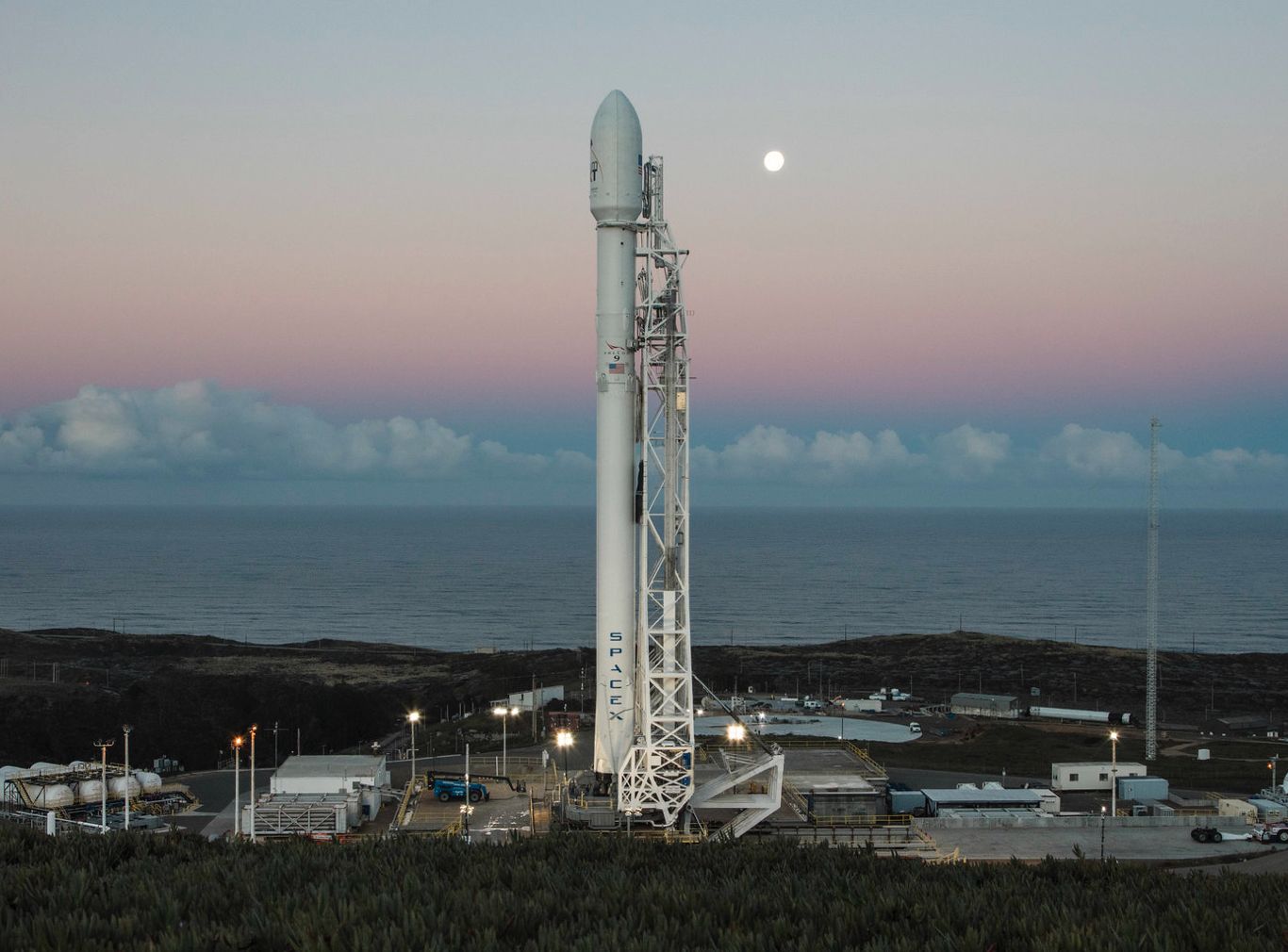
IM to launch on Falcon-9 (Image - SpaceX)
Japan power-up lander, Taiwan to send first lunar probe, Intuitive Machines ready for commercial lunar mission
The Japanese Space Agency this week announced more good news regarding their SLIM lander, after its solar panels eventually hit sunlight. It’s understood that the panels were in shadow when it arrived on the Moon, and so wasn’t able to generate power. JAXA said that they “…immediately started scientific observations with MBC (Multi-Band Camera), and have successfully obtained first light,” referring to the first use of the camera.
SLIM is design to operate for one lunar day, equivalent to two weeks, but will likely not survive to extreme low temperature of the lunar night.
More nations and entities are also set to join the lunar club, after Japan became the fifth to successfully land on the Moon. Taiwan's first lunar mission is set for launch later this year, due to be integrated with iSpace’s (Japan) HAKUTO-R mission two lander.
The Taiwanese Deep Space radiation Probe (DSRP) is designed to study radiation in deep space and how it impacts technology, helping inform the development of vehicles for future space missions.
In 2023 Taiwan reestablished their space agency as the Taiwanese Space Agency (TASA), formerly known as the National Space Organization, and last year they also launched their first locally made weather satellite, names Triton.
Intuitive Machines step closer to lunar mission
Intuitive Machines are also looking to make history in becoming the first commercial mission to successfully land on the Moon. The lander has now been placed inside the payload fairings of a SpaceX Falcon-9, ready for launch sometime in the middle of this month.
A specific date has not been mentioned, but a three day window is due to open in the coming weeks. However, Trent Martin, vice president for space systems, said that the Nova-C landing attempt will take place on the 22 February. The mission is contracted under the NASA Commercial Lunar Payload Services program (CLPS), which the agency is using in order to leverage commercial companies in order to gather data and pave the way for a permanent lunar settlement.
In utilising the commercial sector NASA seeks to create a more cost effective and competitive environment in lunar exploration, and its success can already been seen in an impressive launch cadence for this year alone. However, it again raises difficult legal questions, with UN law largely outdated and unsuited for commercial activity. While frameworks such as the Artemis Accords allow for such activities, these are not universal frameworks.
As the new lunar economy unfolds, attention needs also to be placed on law-making, otherwise we only set new and conflicting precedents as we move forwards.
Define Our Future
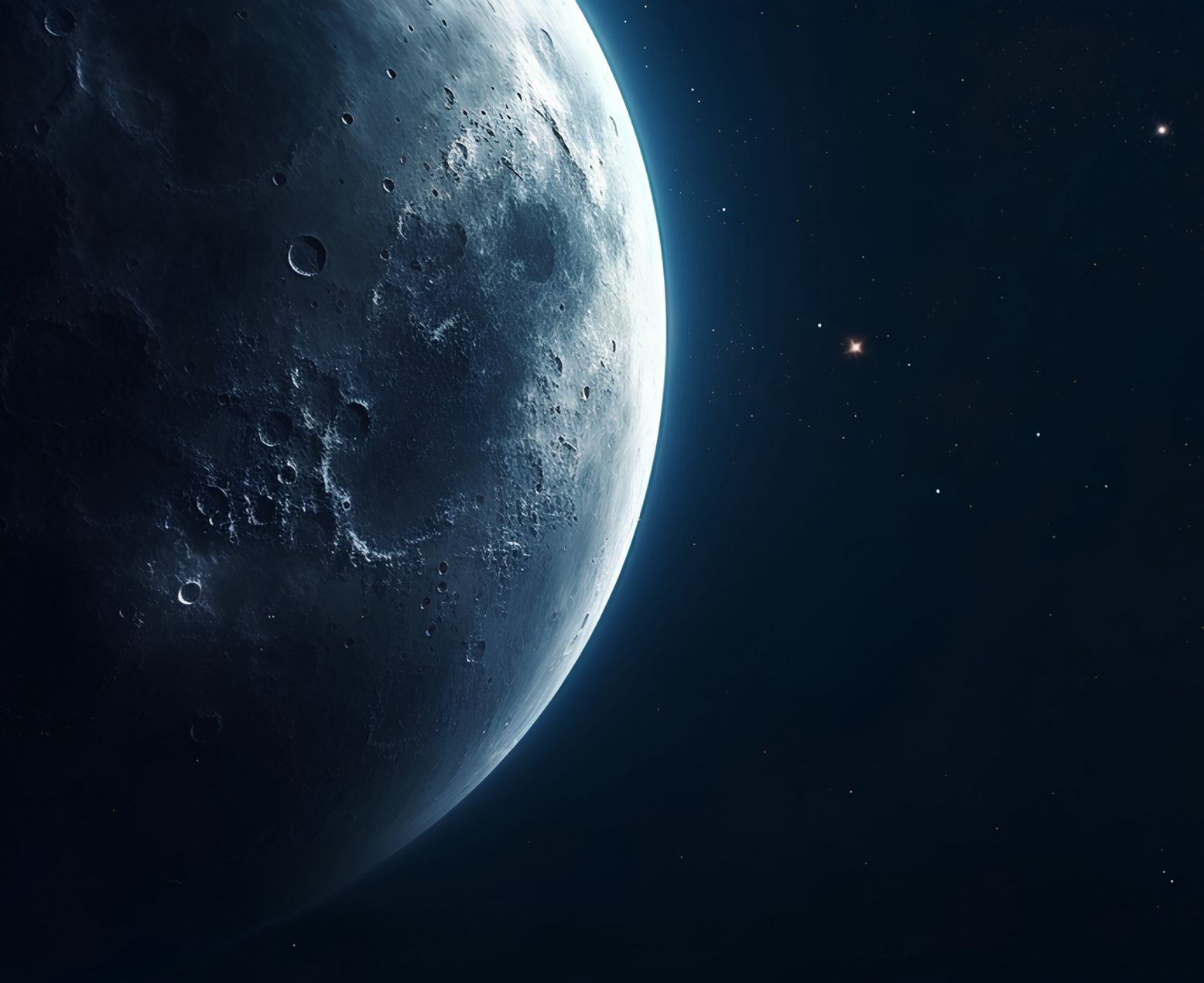
(Image - Adobe)
02 February 2024
China choose same lunar landing sites as US, Taiwan to send first lunar probe, Intuitive Machines prep for launch - Space News Roundup
Building constructive international relations in space has never been so vital, especially as we enter the age of New Space, where commercial space applications are becoming more in-demand, and competition rapidly increases. The necessity is also becoming more aware as we witness a race mentality set-in between the US, China and others over building a lunar infrastructure, with the long-term view of mining, retrieving and utilising valuable space-based resources.
An international network of space partnerships continues to emerge, and could provide an alternative route for cooperation. Under a presidential order, a South Korean delegation recently visited both NASA and ESA in order to discuss cooperation, ahead of establishing their new space agency, KASA, in May this year. According to a Korean official, the meetings also discussed cooperation on the US-led Artemis missions.
Following this trend, on January 26, India and France signed a Defence Space Agreement, which could bring about joint development and launch of military satellites. An MoU signed between NewSpace India Limited (NSIL) and Arianespace also aims to address growing demand for commercial satellite launches, utilising NSIL’s LVM-3 heavy launch rocket, and Ariane’s upcoming Ariane-6.
Closer Franco-India ties comes on the backdrop of all round closer alignment on issues such as defence and the conflicts in Gaza and Ukraine. Noting also that India last year joined the US-led Artemis Accords, a regulatory framework designed to set rules and norms for activities in outer space, international relations and geopolitics seem to be on changing path.
India’s lean towards the West may come as good news for the US and its allies, but at the same time it will be crucial to see how this, in turn, influences the relations between their adversaries and rivals, namely Russia and China. Could this cause a reactionary effect and galvanise apposing partnerships, such as that we are seeing at the moment between Russia and North Korea?
China’s Chang’e-7 mission selects same landing area as Artemis mission
The conditions for a race to claim lunar dominance, escalating towards possible conflict, intensified once more this week, as China announced the landing zone for their Chang’e-7 lunar mission, due to launch in 2026. They aim to send the lander to the Shackleton crater near the lunar south pole, which provides better access to sunlight, and is also to believed to host valuable resources such as water ice.
Firstly, water is highly sought after on the Moon, as one of the primary building blocks towards establishing a permanent lunar base. It can provide water for drinking, oxygen and be used to create rocket fuel. Numerous missions are planned to scour the Moon for the locations of water ice, including Chang’e-7, and competition is increasing, in particular through the emerging commercial sector.
Secondly, the mission puts it on a potential course to clash with the US, with Shackleton also chosen by NASA as a candidate landing site for the Artemis-III crewed landing, also scheduled for 2026. While it may be unlikely that both missions arrive in the exact same landing site, it may again raise the question as to how one can claim territory on the Moon, and the possible use of exclusion (or safety) zones.
The UN OST forbids territorial appropriation on the Moon and other celestial bodies, but exclusion zones could be used to forbid a foreign partner from entering an area around their lander, using a loophole in international law. The use these zones, which are enshrined in the Artemis Accords, has been criticised by China, but we are edging closer to a scenario where they might be put into practice.

IM to launch on a Falcon-9 (Image - SpaceX)
Japan power-up lander, Taiwan to send first lunar probe, Intuitive Machines ready for commercial lunar mission
The Japanese Space Agency this week announced more good news regarding their SLIM lander, after its solar panels eventually hit sunlight. It’s understood that the panels were in shadow when it arrived on the Moon, and so wasn’t able to generate power. JAXA said that they “…immediately started scientific observations with MBC (Multi-Band Camera), and have successfully obtained first light,” referring to the first use of the camera.
SLIM is design to operate for one lunar day, equivalent to two weeks, but will likely not survive to extreme low temperature of the lunar night.
More nations and entities are also set to join the lunar club, after Japan became the fifth to successfully land on the Moon. Taiwan's first lunar mission is set for launch later this year, due to be integrated with iSpace’s (Japan) HAKUTO-R mission two lander.
The Taiwanese Deep Space radiation Probe (DSRP) is designed to study radiation in deep space and how it impacts technology, helping inform the development of vehicles for future space missions.
In 2023 Taiwan reestablished their space agency as the Taiwanese Space Agency (TASA), formerly known as the National Space Organization, and last year they also launched their first locally made weather satellite, names Triton.
Intuitive Machines step closer to lunar mission
Intuitive Machines are also looking to make history in becoming the first commercial mission to successfully land on the Moon. The lander has now been placed inside the payload fairings of a SpaceX Falcon-9, ready for launch sometime in the middle of this month.
A specific date has not been mentioned, but a three day window is due to open in the coming weeks. However, Trent Martin, vice president for space systems, said that the Nova-C landing attempt will take place on the 22 February. The mission is contracted under the NASA Commercial Lunar Payload Services program (CLPS), which the agency is using in order to leverage commercial companies in order to gather data and pave the way for a permanent lunar settlement.
In utilising the commercial sector NASA seeks to create a more cost effective and competitive environment in lunar exploration, and its success can already been seen in an impressive launch cadence for this year alone. However, it again raises difficult legal questions, with UN law largely outdated and unsuited for commercial activity. While frameworks such as the Artemis Accords allow for such activities, these are not universal frameworks.
As the new lunar economy unfolds, attention needs also to be placed on law-making, otherwise we only set new and conflicting precedents as we move forwards.
Share this article
02 February 2024
China choose same lunar landing sites as US, Taiwan to send first lunar probe, Intuitive Machines prep for launch - Space News Roundup
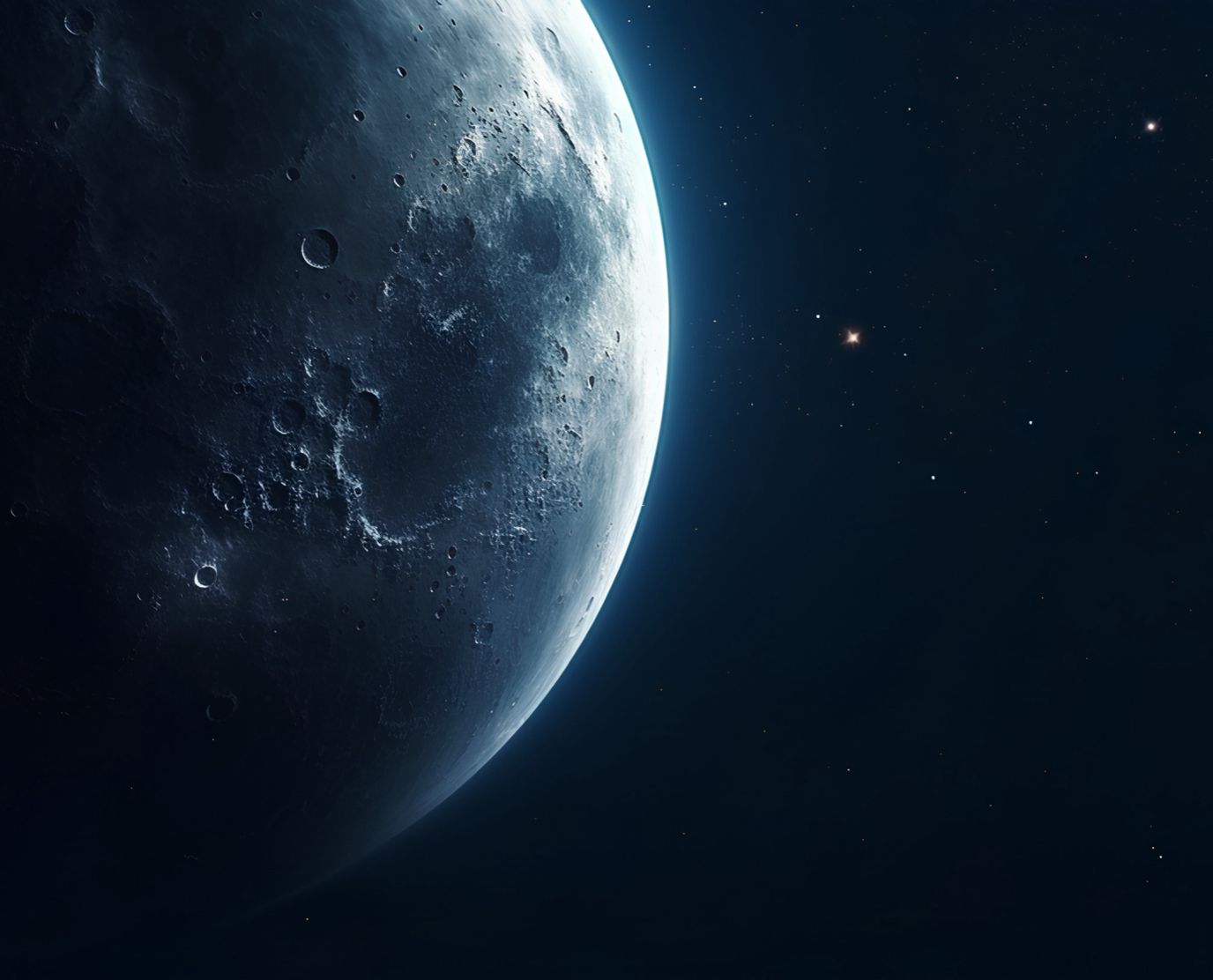
(Image - Adobe)
Building constructive international relations in space has never been so vital, especially as we enter the age of New Space, where commercial space applications are becoming more in-demand, and competition rapidly increases. The necessity is also becoming more aware as we witness a race mentality set-in between the US, China and others over building a lunar infrastructure, with the long-term view of mining, retrieving and utilising valuable space-based resources.
An international network of space partnerships continues to emerge, and could provide an alternative route for cooperation. Under a presidential order, a South Korean delegation recently visited both NASA and ESA in order to discuss cooperation, ahead of establishing their new space agency, KASA, in May this year. According to a Korean official, the meetings also discussed cooperation on the US-led Artemis missions.
Following this trend, on January 26, India and France signed a Defence Space Agreement, which could bring about joint development and launch of military satellites. An MoU signed between NewSpace India Limited (NSIL) and Arianespace also aims to address growing demand for commercial satellite launches, utilising NSIL’s LVM-3 heavy launch rocket, and Ariane’s upcoming Ariane-6.
Closer Franco-India ties comes on the backdrop of all round closer alignment on issues such as defence and the conflicts in Gaza and Ukraine. Noting also that India last year joined the US-led Artemis Accords, a regulatory framework designed to set rules and norms for activities in outer space, international relations and geopolitics seem to be on changing path.
India’s lean towards the West may come as good news for the US and its allies, but at the same time it will be crucial to see how this, in turn, influences the relations between their adversaries and rivals, namely Russia and China. Could this cause a reactionary effect and galvanise apposing partnerships, such as that we are seeing at the moment between Russia and North Korea?
China’s Chang’e-7 mission selects same landing area as Artemis mission
The conditions for a race to claim lunar dominance, escalating towards possible conflict, intensified once more this week, as China announced the landing zone for their Chang’e-7 lunar mission, due to launch in 2026. They aim to send the lander to the Shackleton crater near the lunar south pole, which provides better access to sunlight, and is also to believed to host valuable resources such as water ice.
Firstly, water is highly sought after on the Moon, as one of the primary building blocks towards establishing a permanent lunar base. It can provide water for drinking, oxygen and be used to create rocket fuel. Numerous missions are planned to scour the Moon for the locations of water ice, including Chang’e-7, and competition is increasing, in particular through the emerging commercial sector.
Secondly, the mission puts it on a potential course to clash with the US, with Shackleton also chosen by NASA as a candidate landing site for the Artemis-III crewed landing, also scheduled for 2026. While it may be unlikely that both missions arrive in the exact same landing site, it may again raise the question as to how one can claim territory on the Moon, and the possible use of exclusion (or safety) zones.
The UN OST forbids territorial appropriation on the Moon and other celestial bodies, but exclusion zones could be used to forbid a foreign partner from entering an area around their lander, using a loophole in international law. The use these zones, which are enshrined in the Artemis Accords, has been criticised by China, but we are edging closer to a scenario where they might be put into practice.
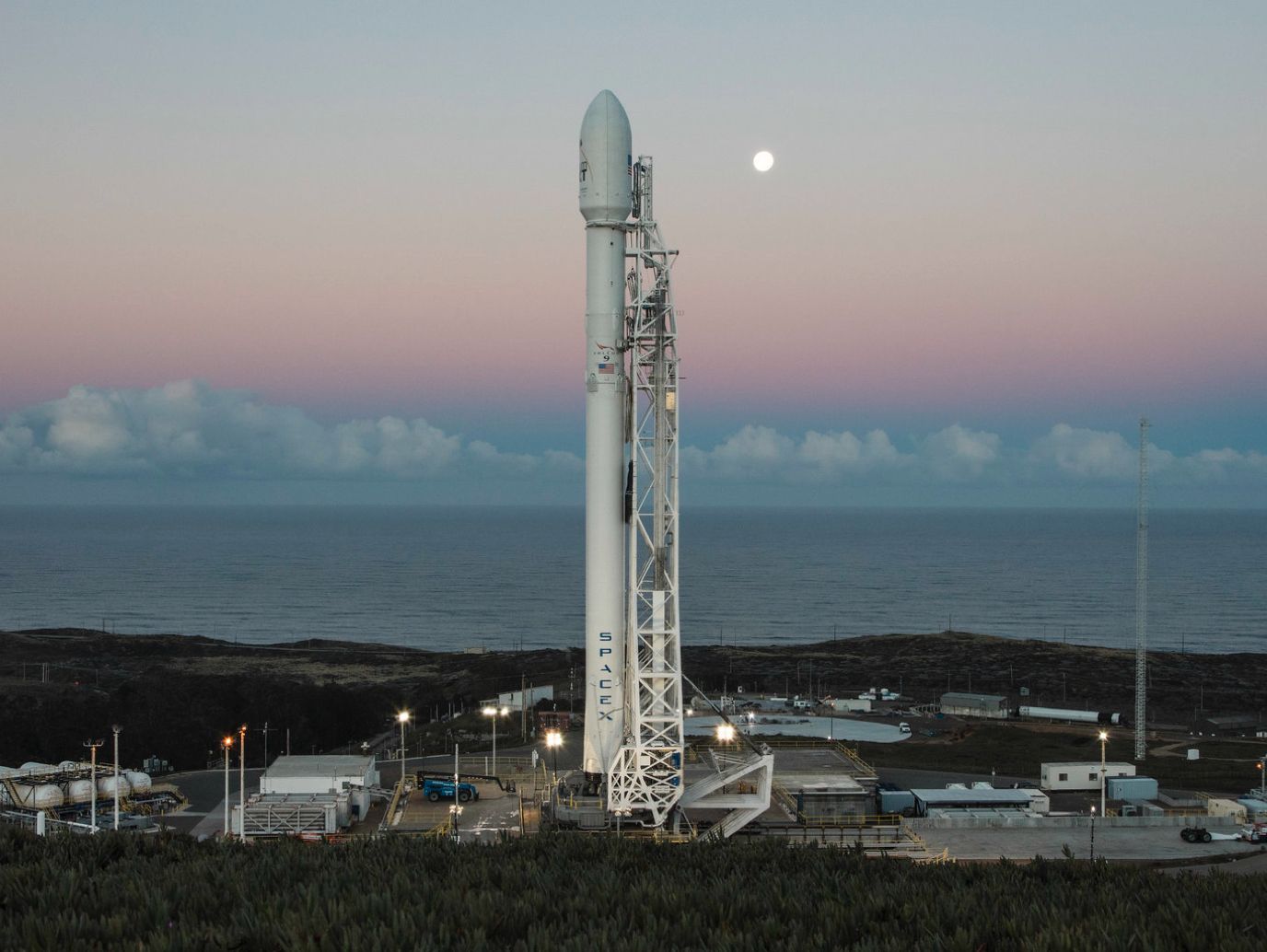
IM to launch on Falcon-9 (Image - SpaceX)
Japan power-up lander, Taiwan to send first lunar probe, Intuitive Machines ready for commercial lunar mission
The Japanese Space Agency this week announced more good news regarding their SLIM lander, after its solar panels eventually hit sunlight. It’s understood that the panels were in shadow when it arrived on the Moon, and so wasn’t able to generate power. JAXA said that they “…immediately started scientific observations with MBC (Multi-Band Camera), and have successfully obtained first light,” referring to the first use of the camera.
SLIM is design to operate for one lunar day, equivalent to two weeks, but will likely not survive to extreme low temperature of the lunar night.
More nations and entities are also set to join the lunar club, after Japan became the fifth to successfully land on the Moon. Taiwan's first lunar mission is set for launch later this year, due to be integrated with iSpace’s (Japan) HAKUTO-R mission two lander.
The Taiwanese Deep Space radiation Probe (DSRP) is designed to study radiation in deep space and how it impacts technology, helping inform the development of vehicles for future space missions.
In 2023 Taiwan reestablished their space agency as the Taiwanese Space Agency (TASA), formerly known as the National Space Organization, and last year they also launched their first locally made weather satellite, names Triton.
Intuitive Machines step closer to lunar mission
Intuitive Machines are also looking to make history in becoming the first commercial mission to successfully land on the Moon. The lander has now been placed inside the payload fairings of a SpaceX Falcon-9, ready for launch sometime in the middle of this month.
A specific date has not been mentioned, but a three day window is due to open in the coming weeks. However, Trent Martin, vice president for space systems, said that the Nova-C landing attempt will take place on the 22 February. The mission is contracted under the NASA Commercial Lunar Payload Services program (CLPS), which the agency is using in order to leverage commercial companies in order to gather data and pave the way for a permanent lunar settlement.
In utilising the commercial sector NASA seeks to create a more cost effective and competitive environment in lunar exploration, and its success can already been seen in an impressive launch cadence for this year alone. However, it again raises difficult legal questions, with UN law largely outdated and unsuited for commercial activity. While frameworks such as the Artemis Accords allow for such activities, these are not universal frameworks.
As the new lunar economy unfolds, attention needs also to be placed on law-making, otherwise we only set new and conflicting precedents as we move forwards.
Share this article
External Links
This Week
News articles posted here are not property of ANASDA GmbH and belong to their respected owners. Postings here are external links only.







